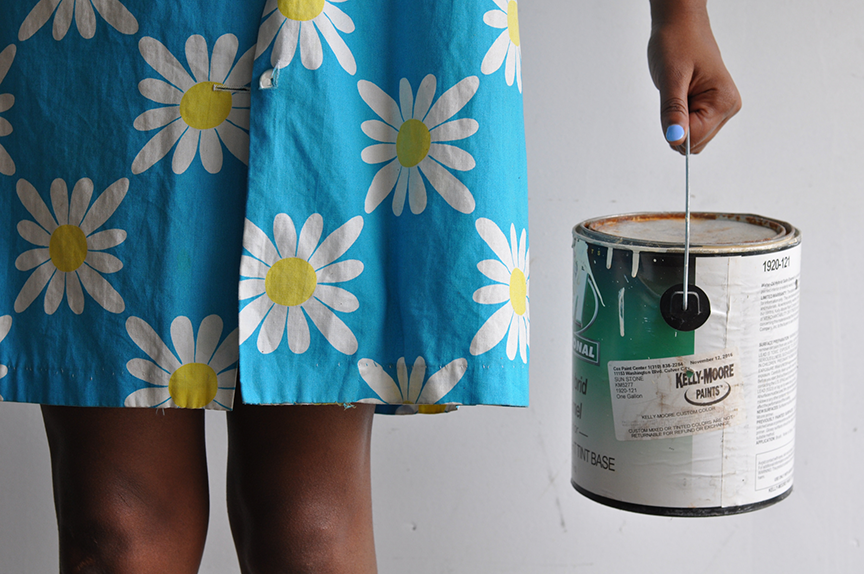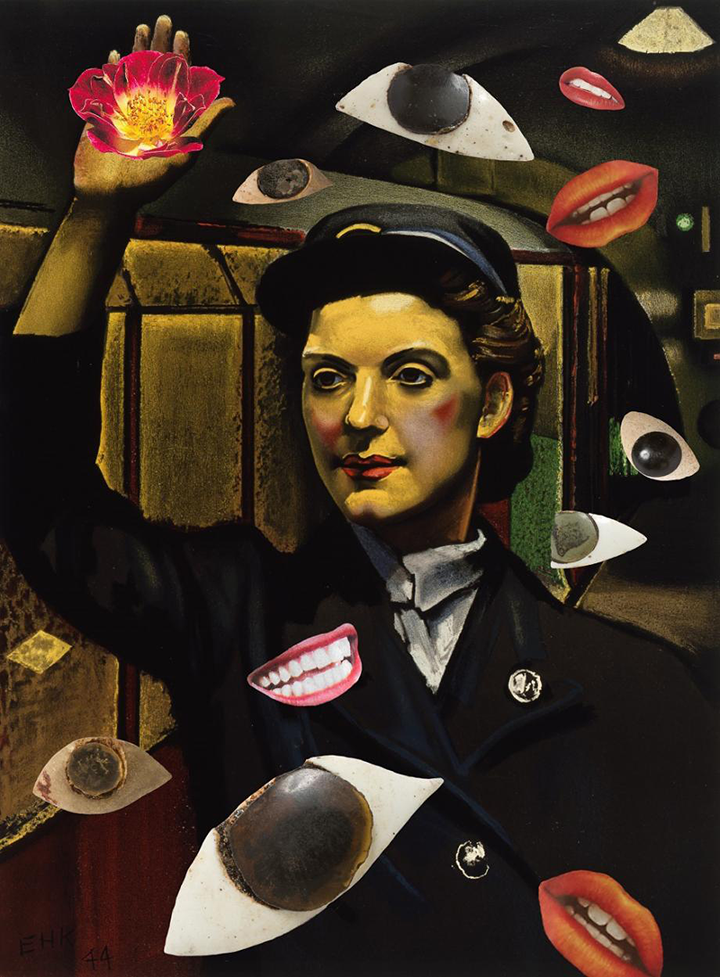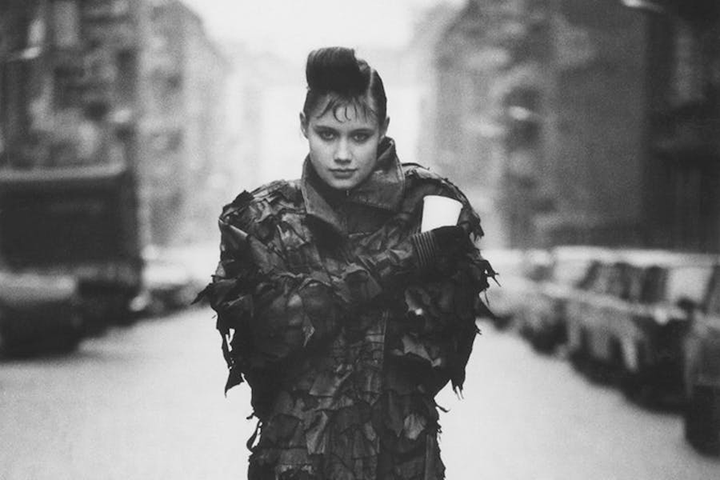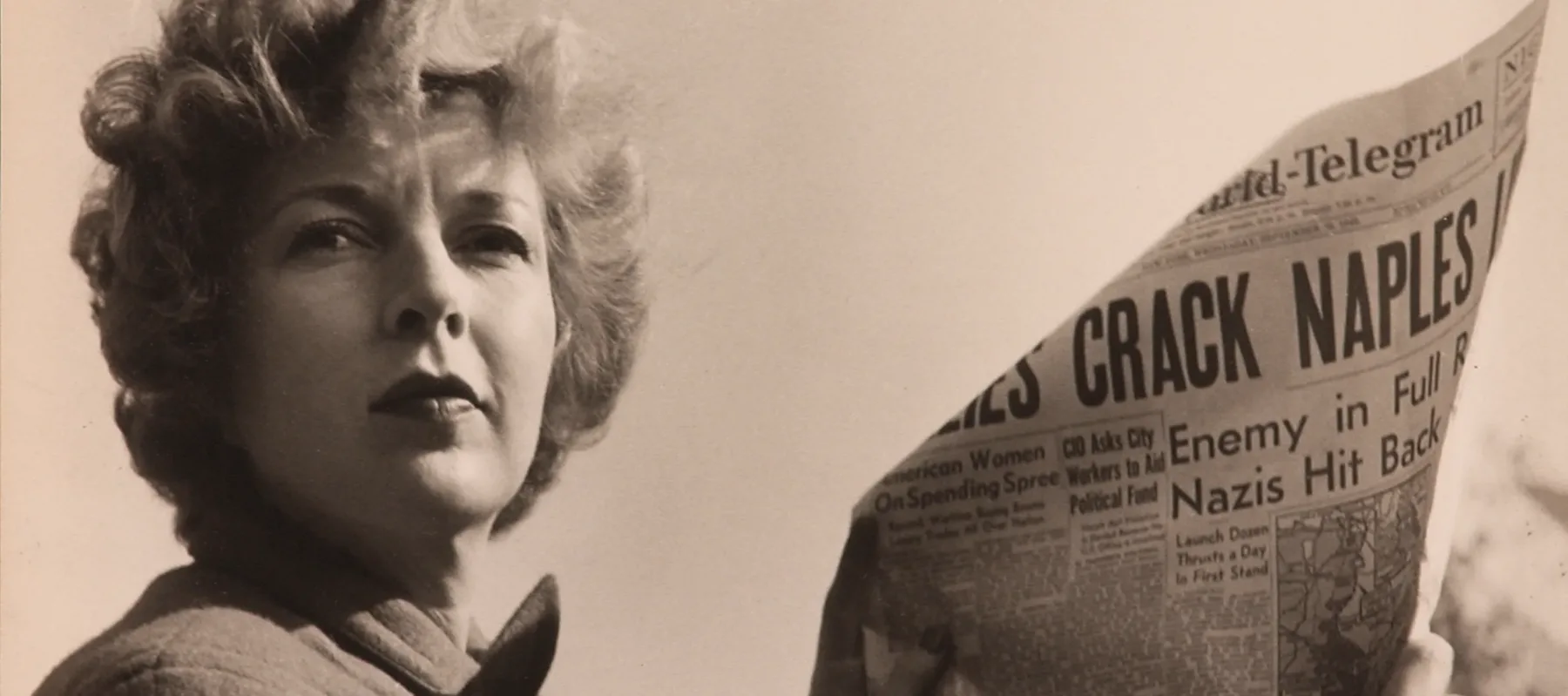The Women’s Center for Creative Work in Los Angeles has announced the WCCW Stock Photo Project to diversify the internet’s stock photo database.

The L.A.-based nonprofit created the initiative in response to the homogeneous and “plastic” stock photos currently available. The goal is to feature “people of color, women, genderqueer, and disabled folks of all ages and body types, in a variety of settings and narratives.” Read more at Hyperallergic.
Front-Page Femmes
The New York Times profiles Denise Murrell, businesswoman turned curator, who is championing art’s black models by telling their stories and contextualizing their presence.
Louise Bourgeois’s first large-scale Spider sculpture leaves its home at the Museum of Modern Art in São Paulo to begin a multi-city tour around Brazil.
Artsy’s Most Influential Artists of 2018 list includes Judy Chicago, Adrian Piper, Joan Mitchell, Cao Fei, Simone Leigh, Wu Tsang, Charline von Heyl, and Andrea Fraser.
Hyperallergic reviews Kara Walker: Virginia’s Lynch Mob and Other Works at the Montclair Art Museum in New Jersey. A show of “racially charged, morally fraught fantasies that offer no easy way in, or out.”

London’s Southwark tube station now features a feminist mural by the artist Linder, who succeeds in “seizing centuries of the male gaze through a woman’s lens.”
NMWA’s Arkansas Committee announces a statewide tour of “Arkansas Women to Watch 2019: Heavy Metal” that will kick off on Jan 7th.
Sister Wendy Beckett, nun and TV art critic, has passed away at age 88. Beckett was famous for her unscripted BBC arts documentaries.
Black Excellence highlights 10 Black Women Artists to Know.
Buzzfeed interviews Pulitzer Prize-winning poet Natasha Trethewey on her new collection, her time as U.S. poet laureate, and history—both personal and political—as a driving force in her work.
Shows We Want to See
A new exhibition in Moscow explores Frida Kahlo and Diego Rivera’s connections to Russia. Viva La Vida: Frida Kahlo and Diego Rivera includes Rivera’s mural Glorious Victory, which sat in storage for 50 years before being rediscovered a decade ago. A photo of Kahlo’s largest painting, The Wounded Table, is also included—the real piece has been missing since 1955 and the show’s curator is in search of it.
In Dresden, The Medea Insurrection: Radical Women Artists Behind the Iron Curtain showcases work created during the Soviet period by women artists from East Germany, Poland, Hungary, Czechoslovakia, and Romania. They explored mythology, protest, and self-definition against classical figures like Medea and Cassandra with “punk provocation and defiance.”

At the Nevada Museum of Art in Reno, Anne Brigman: A Visionary in Modern Photography rediscovers the work of the first woman in America to take nude self-portraits. Brigman’s ethereal photographs, most all taken outdoors, “prefigured much of the feminist art that would come decades later—in their fearless depictions of the body, expressed as rebellious freedom rather than submission.”

